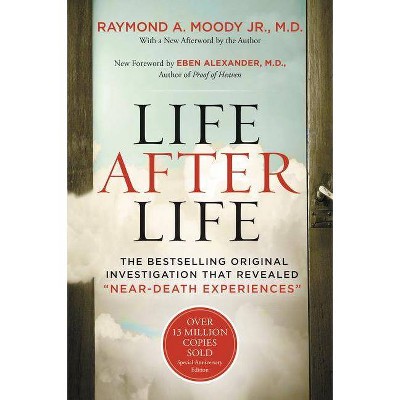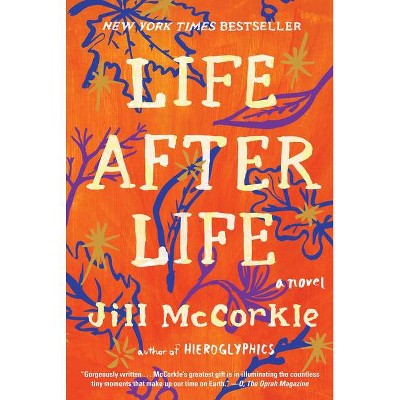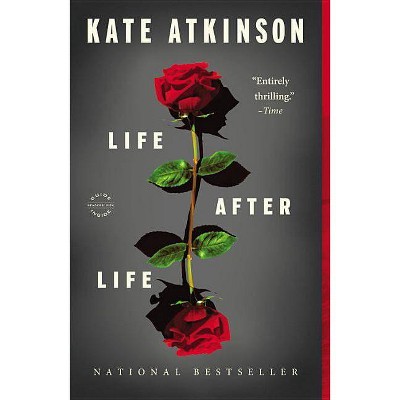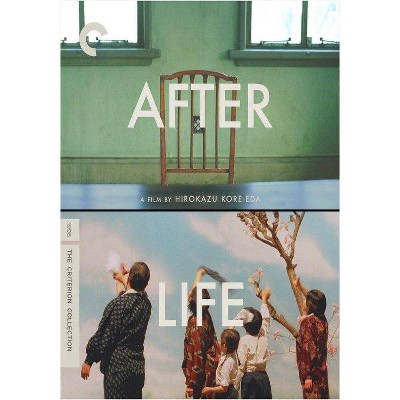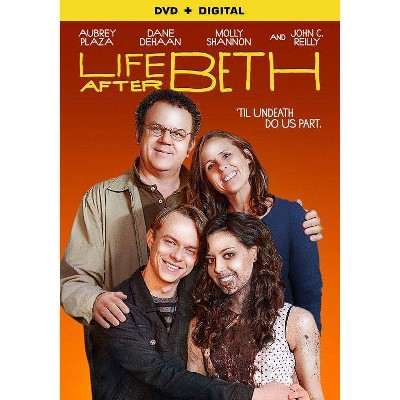Life After Life - by Evans D Hopkins (Paperback)
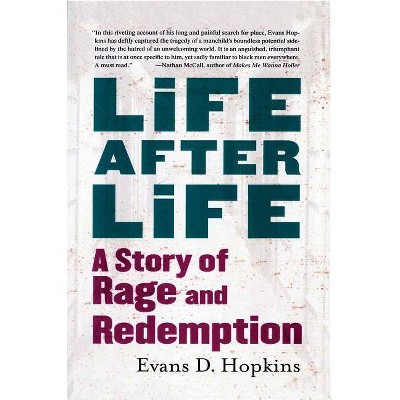
Similar Products
Products of same category from the store
AllProduct info
<p/><br></br><p><b> Book Synopsis </b></p></br></br><b><i>Life After Life</i> is the haunting and gloriously redemptive tale of Evans D. Hopkins's many lives, a sweeping journey from promising middle-class youth to civil rights militant, from criminal and convict to celebrated writer and enlightened man.</b> <p/>Evans D. Hopkins was born during the Jim Crow era in a second-rate, segregated hospital, and educated in segregated primary schools in Danville, Virginia, a town that proudly proclaimed itself the Last Capital of the Confederacy. With parents who stressed the value of education, as a teenager he was in the forefront of desegregation and the Civil Rights Movement. At the same time, he fell in love with the traditionally white man's game of tennis, modeling himself after his idol, the legendary Arthur Ashe, only to be swept off the courts by the Black Panther Party at the age of sixteen. <p/>Just out of high school, Hopkins moved to Panther headquarters in Oakland, California, where he spent two years writing for the Party newspaper, covering the trial of the San Quentin Six, working with Party founders Huey Newton and Bobby Seale, and taking part in their move into politics when Seale ran for mayor of Oakland. He became historian for the group, documenting the years when altercations with authorities resulted in the deaths of numerous Panthers. And he was witness to the internal strife within the Party that led to the group's decline and his own decision to leave in the fall of 1974. <p/>When he returned to Danville, Hopkins was a different man, disillusioned and filled with rage and a legacy of militancy. He was, in his own words, the quintessential angry young black man. Convicted of armed robbery and given a life sentence, Hopkins would spend twenty of the next twenty-two years in the prisons of Virginia. Inside, fighting despair and isolation and dreaming of escape, Hopkins sought salvation in the written word, writing in his cell in the early morning hours to escape the noise of the prison. Focusing on issues of social and criminal injustice, Hopkins would begin reaching a national audience when his inside account of an execution, Who's Afraid of Virginia's Chair, was published in <i>The Washington Post.</i> <p/>Paroled in 1997, Hopkins returned home, a free man at last, but facing the overwhelming challenges of caring for his aging parents and daily life in a world that was new after so many years of incarceration. <p/>In this stunning look back at a man's struggle with himself and the world around him, <i>Life After Life</i> is also about the influences that sustained Hopkins's development despite overwhelming odds, influences that allowed him to emerge from two decades of imprisonment an uncorrupted man, still able to give to his family and community. Finally, <i>Life After Life</i> is a searingly honest view of events in America in the second half of the twentieth century as seen through the eyes of a child, a militant, a prisoner, and, most important, a writer.<p/><br></br><p><b> About the Author </b></p></br></br><b>Evans D. Hopkins</b> grew up in Danville, Virginia, and divides his time between there and Richmond, Virginia, where he worksas a freelance writer. His pieces have appeared in <i>The New Yorker, The Washington Post, Slate, </i> Nerve.com, <i>The Atlanta Journal-Constitution, In These Times, </i> and <i>Southern Exposure, </i> among others. His writing has been anthologized in several volumes, including the <i>Prentice Hall Reader, </i> Graywolf Press's <i>The Private I, </i> and <i>The Best of Nerve.com.</i> <i>Life After Life</i> is his first full-length
Price History
Price Archive shows prices from various stores, lets you see history and find the cheapest. There is no actual sale on the website. For all support, inquiry and suggestion messagescommunication@pricearchive.us
